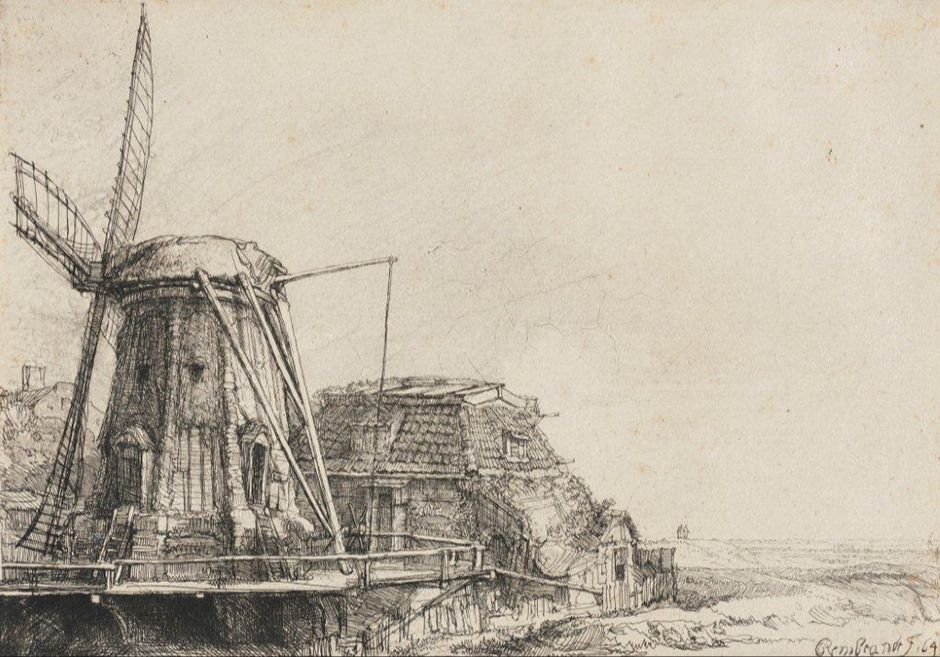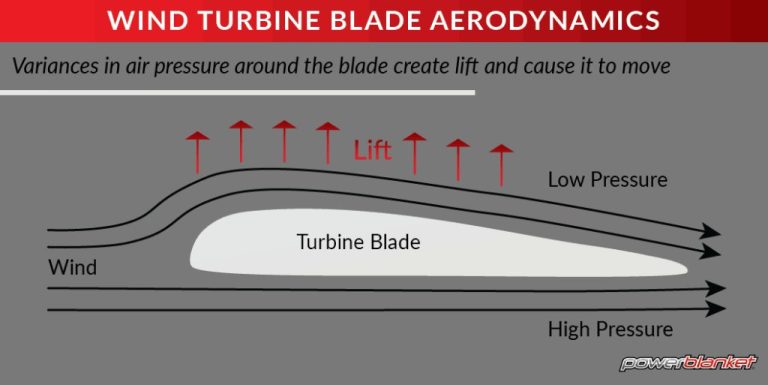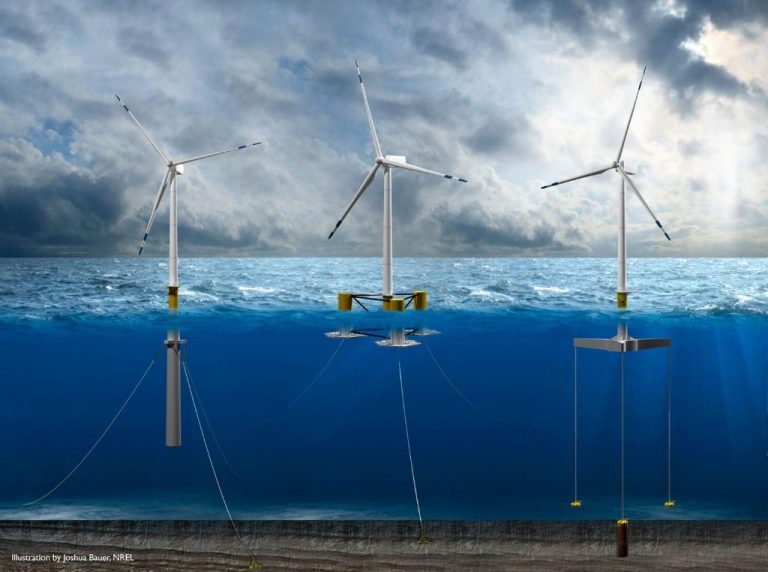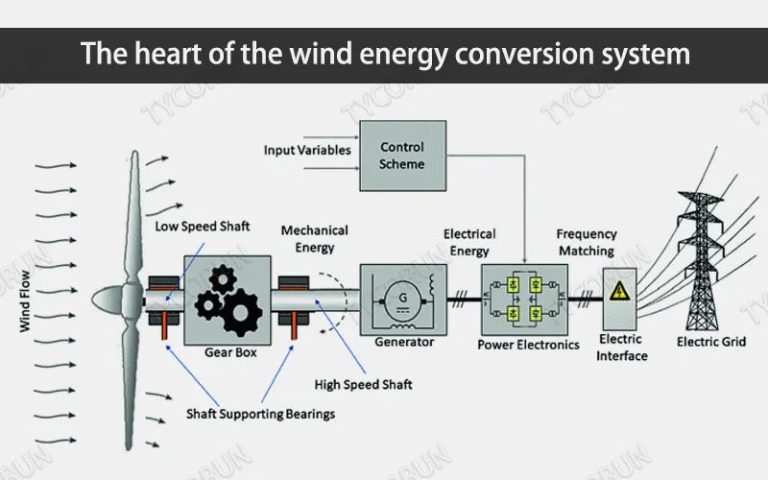Was Wind Power Used In The Middle Ages?

Wind power has been utilized for centuries as a source of energy, with the earliest known windmills dating back to Persia in the 7th century CE. During the Middle Ages in Europe, from the 5th to 15th centuries CE, wind power became more widely adopted, especially for grinding grain and pumping water. The use of wind power expanded during this time due to key technological innovations and applications that allowed windmills to become an integral part of the medieval economy and infrastructure. Understanding the development of wind power in the Middle Ages provides insight into how societies have historically harnessed renewable energy sources. This period marks a pivotal shift toward utilizing wind as a viable energy technology on a larger scale.
Early Windmills
Windmills first emerged in Persia in the 7th century and were used for grinding grain and pumping water. According to History and Development, the earliest known wind powered grain mills were invented by the Greek engineer Heron of Alexandria, who lived from 10-70 AD. However, the first large-scale industrial use of windmills took place in Sistan, Persia during the 7th century AD.
The technology then spread to Europe through trade routes and returning crusaders. As 6 Famous Old Windmills around the World notes, the first windmills in Europe appeared in the 12th century in France, England and Flanders. These early European windmills were used primarily for grinding grain.
The Dutch improved the basic design with the development of the tower mill in the 14th century. Tower mills featured a rotating cap and could grind grain more efficiently than earlier horizontal-axis mills. The Netherlands embraced windmill technology and became a leader in windmill use during the Middle Ages.
Key Technologies
Windmill technology advanced considerably during the Middle Ages. Early windmills used vertical axis designs, with sails that rotated in a horizontal plane around a vertical shaft. However, by the 12th century, horizontal axis windmills became more common in Europe. These windmills used sails that rotated in a vertical plane around a horizontal shaft. The horizontal axis design allowed the sails to be turned to face the wind, making them more efficient.
Gearing systems were also developed to convert the rotational energy from the sails into useful work. The earliest windmills used simple crush-and-grind stone mills. But more complex geared milling mechanisms were soon developed. These systems used a horizontal driveshaft with gearing assemblies to convert the motion into grinding, sawing, or pumping actions. Gearboxes enabled windmills to perform a variety of industrial processes.
Early windmill sails were made from simple reefed squares of canvas. By the 14th century, European windmills began using canvas sails stretched over a framework. The framework allowed the sails to maintain their shape as the wind shifted direction. The lighter canvas material also enabled faster rotation than solid wooden blades. According to Brewminate, some windmills used up to twelve canvas sails by the late Middle Ages.
Applications of wind power were essential for agricultural and industrial development in medieval Europe.
Applications
One of the most important applications of wind power in the Middle Ages was milling grain to produce flour for food production. Windmills were more efficient than watermills or animal-driven mills for grinding grain, allowing medieval societies to increase their food supply and support growing populations [1]. The tower mill design enabled windmills to be built in areas without fast-flowing streams suitable for watermills.
Windmills were also used for land drainage, especially in the lowlands of Europe like the Netherlands. By using wind power to pump water off agricultural fields, previously unusable marsh lands could be farmed [2]. This expanded the amount of arable land available.
In addition, windmills provided power for industrial activities like sawing timber and operating bellows for blacksmith forges and furnaces. The abundant mechanical power from windmills supported medieval craftsmen and early manufacturing [3].
Geography
Windmills spread across northern Europe as their usefulness for grinding grain became apparent during the Middle Ages. They were most useful and economically viable in flat, windy coastal regions like the Netherlands, which became known for its intensive use of wind power.1 The geography of the Netherlands, with its low elevation and proximity to the sea, made it an ideal location for harnessing wind energy through windmills.
Windmills had more limited viability in some inland areas without the consistent coastal winds. Mountains and hilly terrain also posed challenges in certain regions. Still, windmills were erected across many parts of northern Europe from the 12th century onward as the technology spread and improved.2 Overall, geography was a key factor in determining where windmills were most heavily adopted during the medieval era.
Economic Impact
Windmills provided tremendous economic benefits during the Middle Ages by allowing productive use of marginal land. The technology enabled wind power to be harnessed for grinding grain, sawing wood, and pumping water. This allowed fertile cropland to be reserved for growing food rather than powering mills. With improved grain production capabilities, windmills directly supported growing populations across medieval Europe.
Windmills also stimulated trade and commerce. Their lumber production capacities enabled construction growth in cities and towns. Textile manufacturing with wind-powered looms created new industries and jobs. By tapping into the free and abundant power of the wind, medieval societies unlocked new potential for economic growth and development.
Challenges
Windmills in the Middle Ages faced several challenges related to the variability and unpredictability of wind power. Two major issues were maintenance and durability problems as well as seasonal fluctuations in wind patterns.
Keeping windmills operational required constant maintenance and repairs. The wooden gears and mechanics were prone to wear and tear over time and needed regular upkeep to prevent breakdowns (Source 1). Exposure to the elements also degraded windmill materials, so parts often needed replacement to maintain function. The primitive materials and construction methods of early windmills meant durability issues were a persistent obstacle.
Another problem was coping with seasonal changes in wind. During calm summer months, medieval windmills would often lack sufficient wind to operate. Windmills performed best during windy seasons like fall and winter but would sit idle during seasonal lulls. This variability created inconsistency in the energy supply from windmills (Source 2).
Storms also posed a serious risk. Violent winds could damage windmill sails and mechanics. Operators had to take precautions to minimize harm to windmills during high winds. But unpredictable gusts and storms still threatened these early wind power systems.
Evolution
Windmills became larger and more efficient over time as the technology advanced. According to the History Today article, early windmills were fairly small, simple structures made of wood or stone, but by the 14th century tower mills emerged, allowing for larger sails and more stability. The sails also evolved from simple rectangles to more complex shapes designed to maximize efficiency. Vertical windmills gave way to horizontal windmills as well (Brewminate).
Windmill technology first took hold in northwest Europe, especially England and the Low Countries, starting in the 12th century. This region was well suited for windmills thanks to its windy coastal areas and abundant rivers and streams. Windmill use gradually spread south and east over the next several centuries as the technology improved. By the 16th century, windmills could be found throughout Europe from the Iberian Peninsula to Russia (Brewminate).
Legacy
Wind power remained an important technology through the early modern era. Windmills continued to be used for grinding grain and pumping water up until the 19th century in Europe and North America. The principles of windmill design influenced the development of early steam engines. Windmills served as a conceptual model for converting the energy of natural forces into useful mechanical work.1
The experience with windmill technology laid the foundations for modern wind turbine designs starting in the late 19th century. Concepts like angling sails into the wind and mounting them on a rotating post for positioning were adapted and improved upon. While steam engines displaced windmills in many applications, the windmill directly enabled the harnessing of wind for electricity generation and continues to influence renewable wind power today.
Conclusion
In summary, wind power played an important role in the Middle Ages, revolutionizing industries like grain milling and drainage. The development of key technologies like the post mill and tower mill allowed windmills to become more efficient and adaptable. At their height, windmills could be found across Europe, from the Mediterranean to Scandinavia. They contributed significantly to economic development by automating tasks previously done by hand. However, wind power also faced challenges like consistency of wind resources and high construction costs. The technology continued to evolve over the centuries, setting the stage for modern wind turbines that now generate clean renewable energy around the world. Though the windmills of medieval times are now mostly relics, their pioneering of wind power technology has left a lasting legacy.





